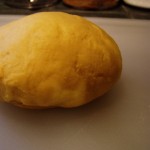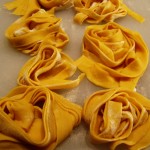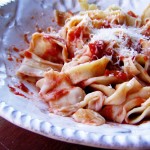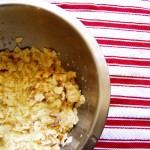
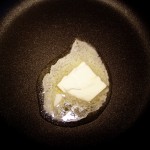
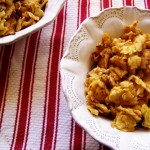
Ah, the Passover diet. No bread? No pasta? No rice? Sweet! It’s like Atkins, the holy way! Just think of all the weight I’ll lose!
Wrong. The sneaky thing about Passover food is two-fold. First, many favorite recipes outside a Seder menu are variations on the theme of What Can We Do With Matzo Today? For the uninitiated, matzo is flour and water that has been shaped and baked very quickly to prevent leavening (rabbinic law states that there cannot be more than 18 minutes from the time the water hits the flour to the time the matzo comes out of the oven). Leavened or not, flour is flour and has between 400-500 calories per cup. Second, in order to hide the fact that matzo is essentially a giant, flavorless, unsalted Saltine, most variations on the WCWDWMT? theme involve great quantities of eggs, butter, cheese, or some combination thereof.
I love Passover. It’s a wonderful holiday with truly excellent traditions to savor. And though it can be kind of a pain, I actually really enjoy keeping Kosher for Passover. It’s just one of those things you do, with purpose, that helps you express your faith physically as well as spiritually. As a Jew by Choice (the modern, touchy-feely longhand for “convert”), there is extra significance to me in adopting a ritual that is older than dirt, but very new to me. It helps remind me why I made this choice, and how it is a part of my identity from here on out.
However.
Constructing multiple, filling meals a day without the benefit of a normal complement of starches and grains can be tough. You cannot eat matzo pizza for 24 meals, no matter how easy they are to throw together in the microwave. Well, I guess you can, but I can’t.
So here you are, too far from your family to eat mom’s Greatest Passover Hits every day. Or maybe you’re like me, all grown up and newly Jewish. Or maybe you’ve decided to keep K-for-P for the first time in your life, much to your family’s confusion. Whatever reason brings you to the internet in search of Passover-friendly recipes, you may have already discovered that Seder menus are easy to find, and that what you’re supposed to eat for the rest of the week can be a bit of a mystery. Particularly breakfast.
Yes, yes, I know you can put together a satisfactory breakfast that doesn’t involve bread. On weekdays during Passover, I stick with fruit and a hard-boiled egg. But weekends for us usually involve indulging in biscuits and jam while we watch reruns of any Law & Order flavor we can find. I’ve always liked making something nice and carby for weekend breakfasts, and Passover doesn’t seem like a reason to stop.
Enter matzo brei. There are about a zillion ways to make this, and it’s one of those dishes about which people can have bizarrely strong feelings. It’s only good if you make it with onions! You have to make it sweet! The matzo should be soaked before you break it! Break the matzo before you soak it! Frittata-style! Scrambled eggs-style! It’s exhausting, really.
I like to stir mine constantly, so it comes out as a heap of little egg-covered pieces of matzo. And I add a little cinnamon and sugar at the end to make it sweet. There are dozens of recipes and techniques out there, but this is mine.
(more…)
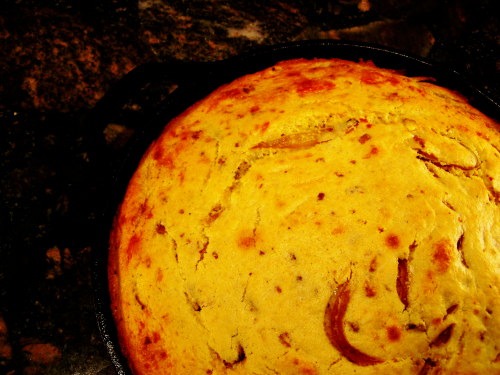
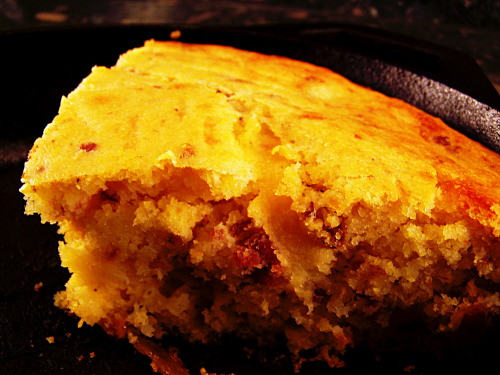
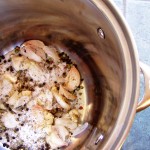
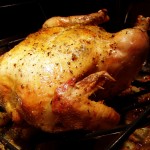
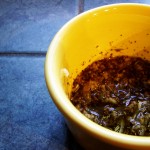
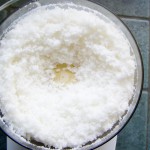
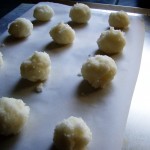
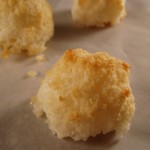

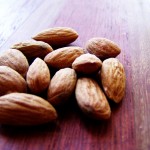
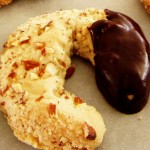
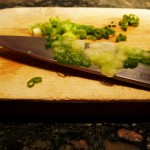
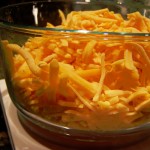
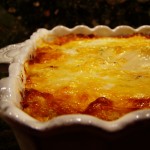
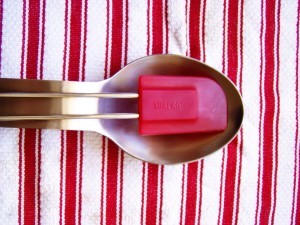 My mom gave me a set of these when I was moving into my first apartment and setting up my first kitchen. The spatula and the
My mom gave me a set of these when I was moving into my first apartment and setting up my first kitchen. The spatula and the 


